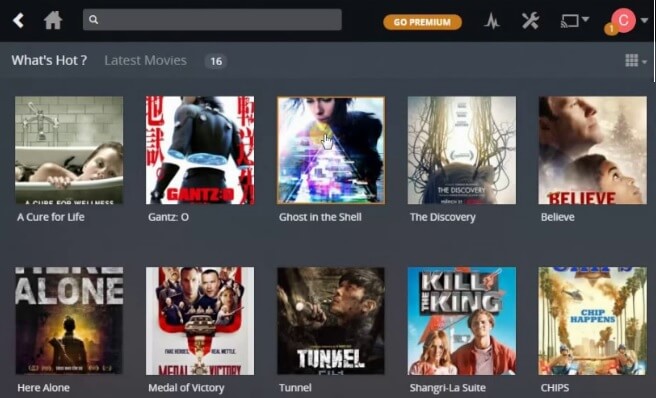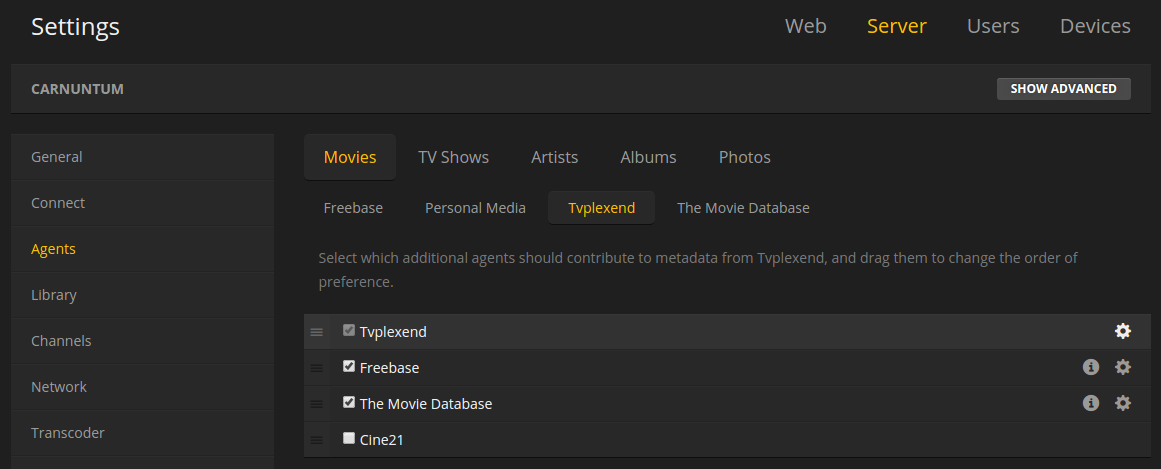

I don’t mind paying for software, but I would prefer something that’s FOSS. Drive array expandability - can add drives to the array without having to recreate the array.Very good support for virtualization - can even virtualize Windows with GPU passthrough.Docker support is coming soon™, but isn’t quite here yet. phpVirtualBox (ew…) is supported, but you can only create 32-bit VMs. Built on FreeBSD with no good story for Linux virtualization.I’d need to upgrade my RAM/Motherboard to support ECC RAM. The options I considered most strongly were: I wanted something a bit less involved than building a NAS/Home Server up from a bare linux distro, so I looked into a variety of NAS OS platforms. An always-on server capable of running linux VMs for running some of my projects/scripts in the background all the time.(Plex, my Lightroom Catalog, family photo backups) A centralized place to store all of my media.I had a couple goals for this new server. I decided it was time for a change, and looked to reinvent my unused desktop as a home server.

I had a Plex Media Server instance running on it, but since Windows loves to restart itself, my desktop was really unreliable as a server.

Once you’ve found the backup you wish to use: Related Page: Where is the Plex Media Server data directory located? Restoring a Backup The database backups will have the date in the filename and will be named along the lines of: .db-Īnd .blobs.db. Unless you’ve altered the location via the Backup directory advanced setting, you’ll find the backup files under the Plug-in Support/Databases subdirectory inside the normal server data directory. The location of the database backups will vary by operating system. Related Page: Scheduled Server Maintenance Finding the Database Backups One of the many Scheduled Tasks that a Plex Media Server performs is to make regular backups of the core databases, which hold things such as your viewstate information and media matching details.


 0 kommentar(er)
0 kommentar(er)
